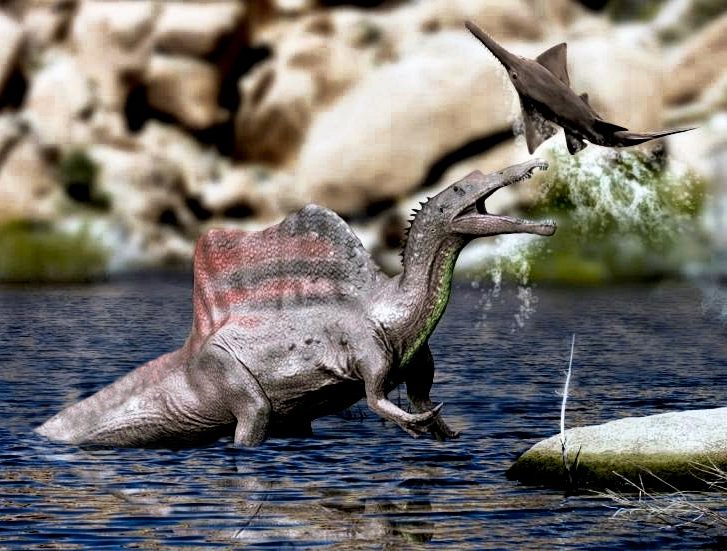The history of Earth’s polar regions tells a fascinating story of ecological conquest and adaptation. Today, we know the Arctic as a realm dominated by mammals like polar bears, Arctic foxes, and caribou. However, this wasn’t always the case. While dinosaurs ruled much of the planet for over 160 million years, their presence in the highest latitudes came relatively late in their evolutionary history. This begs an intriguing question: what if dinosaurs had colonized the Arctic much earlier, establishing dominance in these regions before mammals had their chance? This alternative evolutionary pathway could have dramatically reshaped life on Earth, potentially altering the course of evolution and even affecting which species survived major extinction events.
The Timeline of Arctic Colonization

The fossil record shows that dinosaurs eventually did reach polar regions, but this expansion occurred primarily during the Cretaceous period, relatively late in their reign. By comparison, mammals began to diversify and establish themselves in Arctic environments following the dinosaurs’ extinction, taking advantage of newly available ecological niches. The timing of these movements was critical to evolutionary outcomes. If dinosaurs had established themselves in the Arctic during the earlier Triassic or Jurassic periods, they would have had tens of millions of additional years to adapt and specialize to polar conditions. This head start would have allowed dinosaur lineages to develop sophisticated cold-weather adaptations long before mammals had the opportunity to compete for these specialized niches.
Physiological Adaptations for Polar Survival

For dinosaurs to thrive in the Arctic, they would have needed significant physiological adaptations. Modern evidence suggests many dinosaurs were mesotherms or even endotherms (warm-blooded), which would have given them advantages in colder climates compared to their cold-blooded reptilian relatives. Early colonization of polar regions might have accelerated the evolution of true endothermy in dinosaurs, potentially leading to more sophisticated temperature regulation than they historically developed. We might have seen dinosaurs evolve thick layers of insulating fat, specialized scales or proto-feathers specifically designed for insulation, and circulatory adaptations to prevent freezing in extremities – similar to how modern Arctic mammals have counter-current heat exchange systems in their limbs.
Distinctive Arctic Dinosaur Species
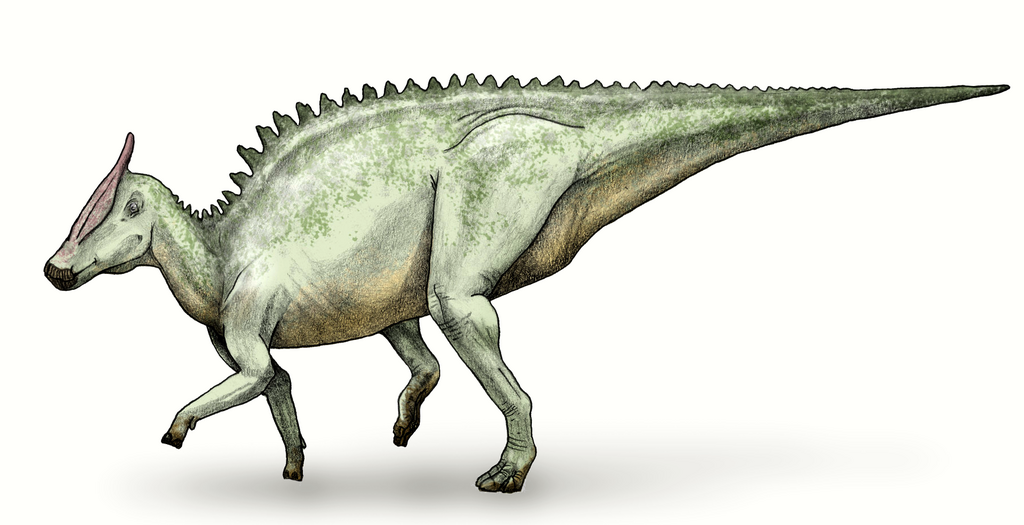
An early dinosaur presence in the Arctic would likely have led to highly specialized species found nowhere else on Earth. Just as the polar regions today host unique mammals with specialized adaptations, we might have seen entirely new dinosaur families evolve to exploit Arctic resources. These might have included smaller, heavily insulated theropods with denser feather coverings than their southern relatives, specially adapted hadrosaurs with enlarged nasal passages to warm cold air, and perhaps massive sauropods with unprecedented seasonal fat storage capabilities. The isolation of Arctic populations, especially during darker winter months when travel would be difficult, would have accelerated speciation and created endemic dinosaur species unique to high latitudes.
The Paleobotanical Puzzle

Any scenario involving Arctic dinosaurs must consider what these animals would have eaten. The polar regions of the Mesozoic were very different from today’s Arctic – warmer overall, but still subject to months of darkness and seasonal food scarcity. Early dinosaur colonization would have created strong evolutionary pressure on Arctic plants, potentially leading to different plant communities than what actually evolved. We might have seen the evolution of specialized high-calorie plant foods capable of supporting large dinosaur populations, perhaps evergreen species that could photosynthesize during brief winter daylight, or plants that stored massive energy reserves in roots or trunks that dinosaurs could access during lean periods. The plant-dinosaur relationship would have co-evolved over millions of years, creating unique polar ecosystems.
Impacts on Mammalian Evolution
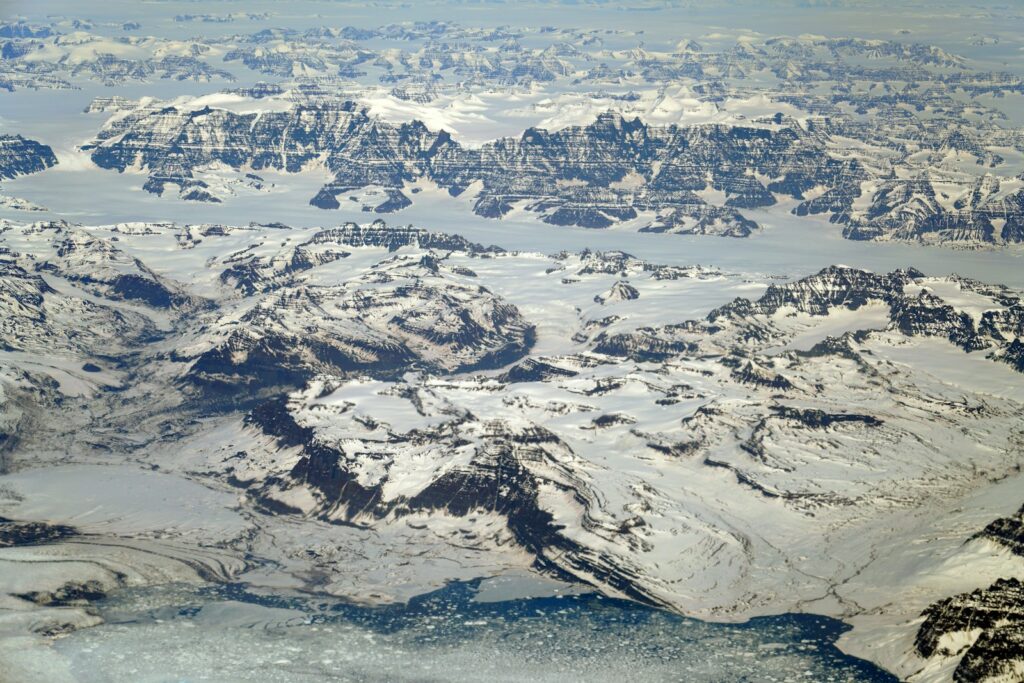
The presence of well-established dinosaur populations in the Arctic would have profoundly affected mammalian evolution. Early mammals might have been completely excluded from polar regions, forcing them to remain in more temperate or tropical environments where dinosaur competition was already intense. This restriction could have delayed or entirely prevented the evolution of cold-adapted mammal lineages. Alternatively, mammals might have been forced into even more specialized niches than they historically occupied, perhaps becoming exclusively nocturnal, subterranean, or adapted to microhabitats inaccessible to dinosaurs. The evolutionary pressure might have driven extraordinary specializations in these early mammals, potentially creating lineages very different from those that eventually gave rise to modern Arctic mammals.
Seasonal Migration Patterns
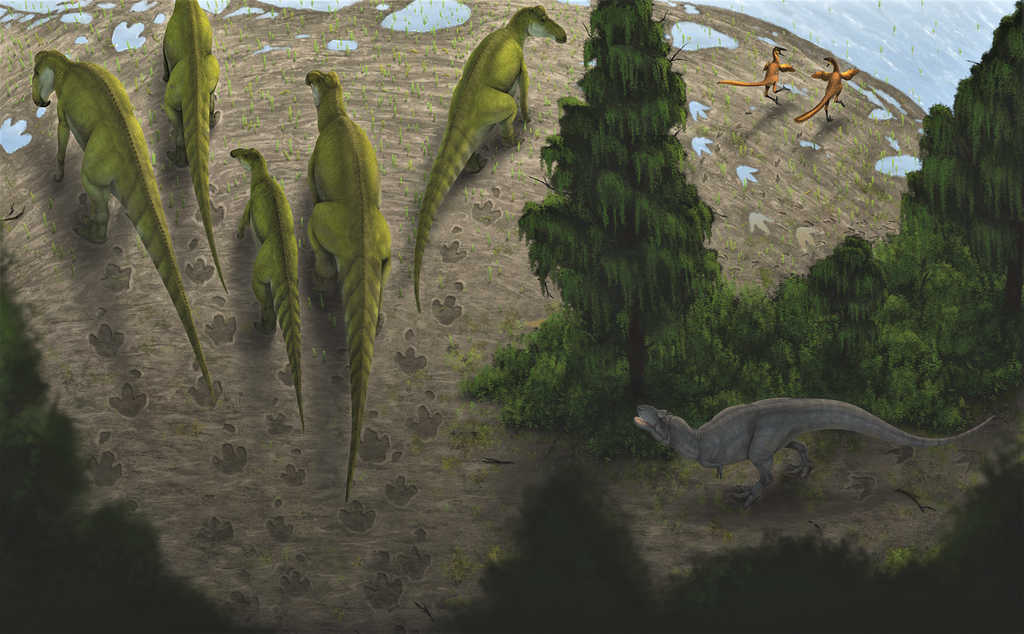
One fascinating aspect of an Arctic dinosaur ecosystem would be the potential for massive seasonal migrations. Modern Arctic ecosystems feature spectacular migrations, such as those of caribou and birds, but dinosaur migrations would have operated on an even larger scale. We might have seen enormous herds of Arctic-adapted hadrosaurs or ceratopsians traveling thousands of miles between summer and winter feeding grounds. These migrations would have created moving corridors of ecological activity, with predatory dinosaurs following the herds and smaller dinosaur species taking advantage of the disturbance ecology created by these movements. The energy requirements for such migrations would have been enormous, potentially driving the evolution of highly efficient locomotion and energy storage systems in these dinosaurs.
Dinosaur Behavior in Polar Conditions
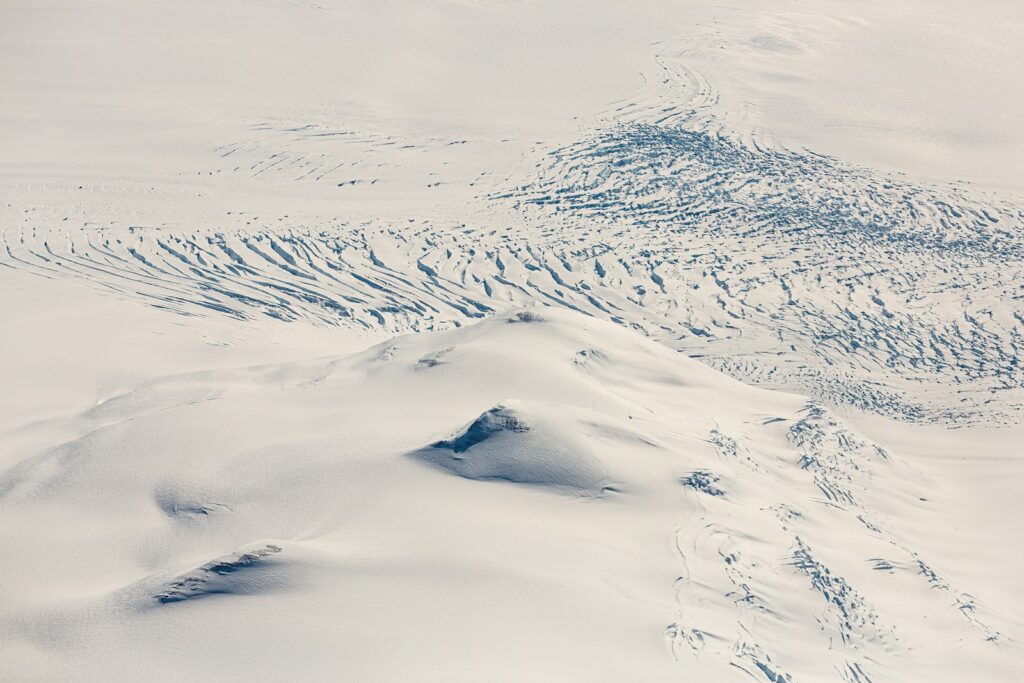
The extreme conditions of Arctic environments would have driven unique behavioral adaptations in polar dinosaurs. Communal nesting might have become more elaborate, with multiple species sharing massive nesting grounds to pool body heat during incubation periods. We might have seen the evolution of hibernation-like torpor states in some dinosaur species, allowing them to reduce energy requirements during the darkest winter months. Social behaviors would likely have been enhanced, with evidence suggesting some dinosaurs already lived in complex social groups; Arctic conditions would have intensified the survival advantage of cooperation. Parental care might have been extended significantly, with young dinosaurs remaining with parents through multiple Arctic winters until large enough to survive independently.
The Extinction Question

Perhaps the most provocative aspect of this scenario involves the end-Cretaceous extinction event that wiped out non-avian dinosaurs. Arctic adaptations might have provided some dinosaur species with unexpected survival advantages during this catastrophe. The ability to survive in low-light conditions (following the asteroid impact’s atmospheric dust cloud), metabolic adaptations for food scarcity, and experience with extreme temperature fluctuations might have allowed some Arctic dinosaur lineages to persist when their tropical relatives perished. Conversely, specialized Arctic adaptations might have created evolutionary dead-ends, making these dinosaurs even more vulnerable to rapid climate change. Either way, the presence of well-established Arctic dinosaur ecosystems would likely have changed which species survived and which perished during this pivotal moment in Earth’s history.
The Challenge of Polar Light Cycles
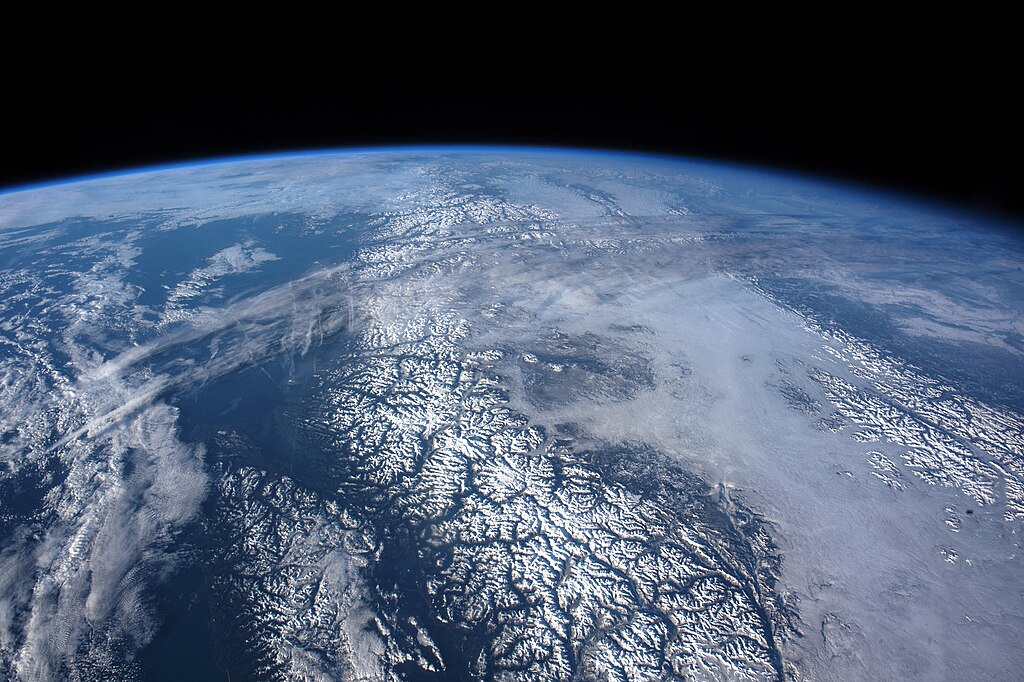
One of the most unique aspects of polar environments is the extreme seasonal variation in daylight, from months of midnight sun to the perpetual darkness of polar winter. Early dinosaur colonization of the Arctic would have driven remarkable adaptations to these light cycles. We might have seen dinosaurs evolve enhanced visual systems capable of functioning in extremely low light conditions, similar to the large eyes of modern Arctic owls and other polar predators. Behavioral adaptations might have included seasonal changes in activity patterns, with different feeding strategies for summer and winter. Some dinosaur species might have evolved the ability to enter torpor during the darkest months, while others might have developed specialized foraging techniques to find food in near-darkness, perhaps using senses other than vision to locate prey or plants.
Archaeological Evidence and Fossil Record Gaps

Our actual fossil record shows relatively few dinosaur specimens from extreme polar regions, creating significant gaps in our understanding of how these animals lived in such environments. Had dinosaurs colonized these areas earlier, we might have a much richer fossil record of polar adaptations. The preservation conditions in permafrost environments could have provided exceptional fossil specimens, potentially including soft tissue, feathers, and even skin impressions that rarely survive in more temperate environments. These hypothetical fossils might have resolved many ongoing debates about dinosaur physiology, appearance, and behavior. The actual scarcity of such fossils suggests that dinosaurs either never fully exploited polar environments or did so relatively late in their evolutionary history, leaving limited evidence of their presence in these regions.
Implications for Modern Arctic Ecosystems
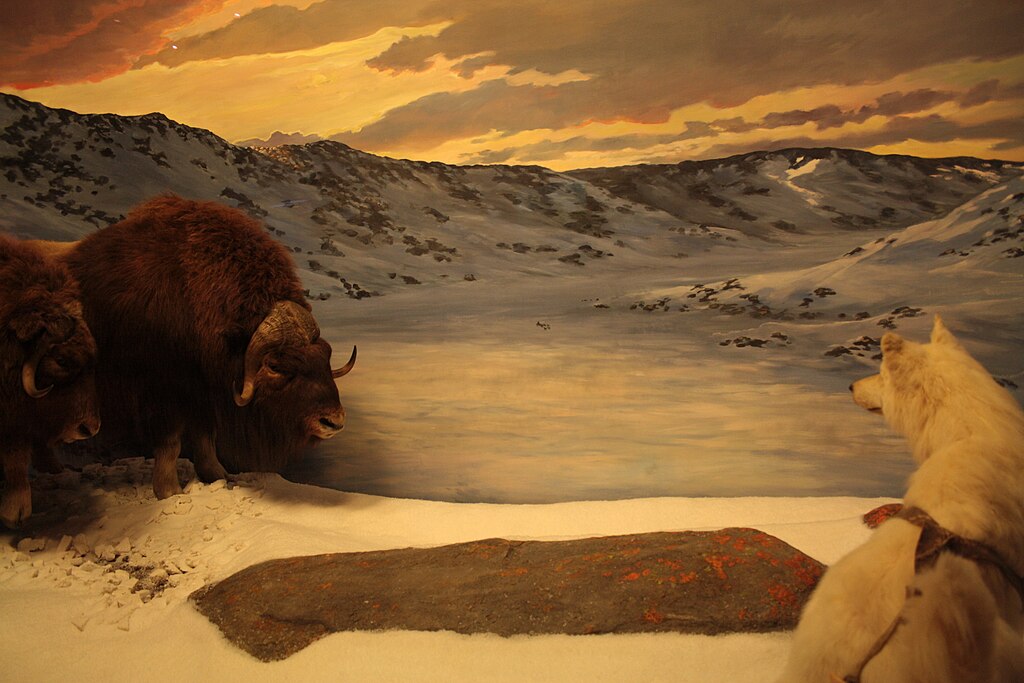
The ecological legacy of early Arctic dinosaur dominance would potentially still be visible in today’s polar regions. Just as the evolutionary history of mammals has shaped modern Arctic ecosystems, a longer history of dinosaur adaptation might have created fundamental differences in soil composition, plant communities, and ecological succession patterns. We might see plant species with vestigial defenses against dinosaur herbivory that would seem inexplicable in the context of modern herbivores. The ecological niches currently filled by mammals might be structured differently, reflecting the ghosts of competition with dinosaur lineages. Even the physical landscape might show differences, with potential impact on everything from river courses to the pattern of vegetation across the tundra, all echoing the influence of long-extinct dinosaur populations.
The Scientific Value of This Thought Experiment

While speculative, this scenario offers valuable insights for paleontologists and evolutionary biologists. Considering alternative evolutionary pathways helps scientists identify the contingent versus inevitable aspects of Earth’s biological history. By examining what might have happened if dinosaurs had established Arctic dominance earlier, we gain perspective on the actual evolutionary processes that shaped polar ecosystems. This kind of thought experiment also highlights gaps in our understanding of dinosaur physiology and Arctic paleoenvironments, potentially suggesting new research directions. The exercise of imagining dinosaur adaptations to Arctic conditions can even inform our understanding of how modern animals might respond to climate change, as it requires careful consideration of the physiological and behavioral limits of adaptation to extreme environments.
Conclusion
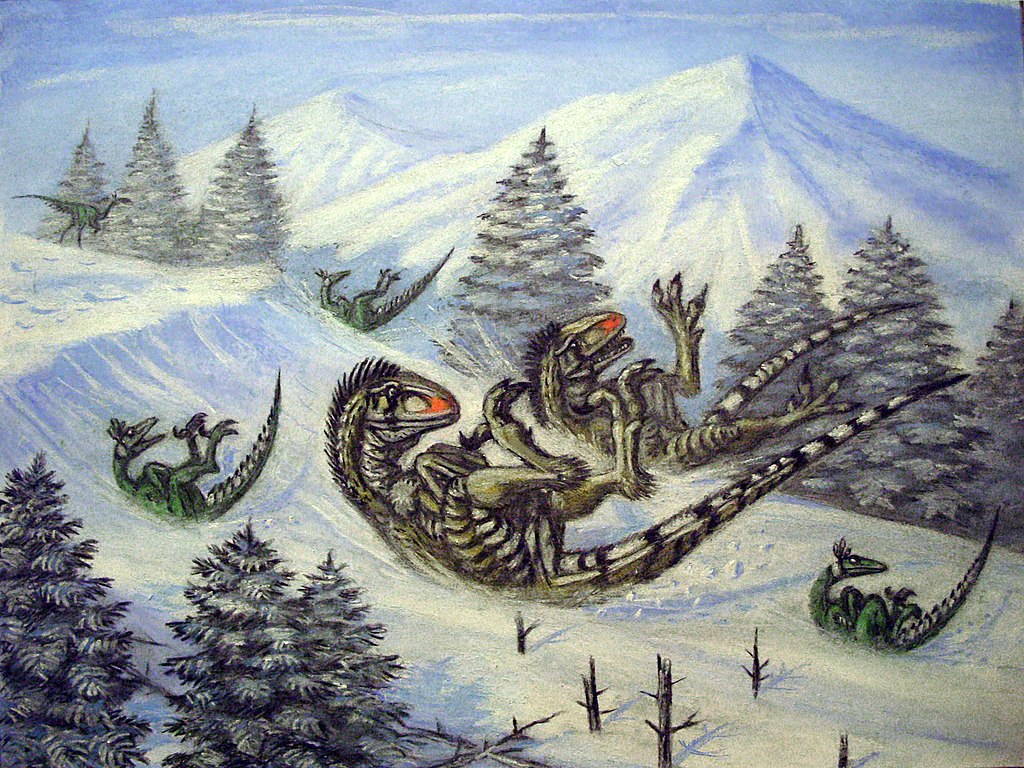
The question of what might have happened if dinosaurs had reached and dominated the Arctic before mammals provides a fascinating window into evolutionary contingency. While we can never know for certain how such alternative history would have unfolded, exploring the possibility helps us understand the complex interplay of geography, climate, and biological adaptation that shapes Earth’s ecosystems. The Arctic regions represent some of the most challenging environments on the planet, and the species that successfully colonize them must develop extraordinary adaptations. Whether those pioneers were dinosaurs or mammals ultimately helped determine the trajectory of life on Earth. As we face a rapidly changing Arctic today, understanding these evolutionary dynamics becomes increasingly relevant, reminding us that the history of life on our planet is shaped by both chance events and the remarkable adaptability of living organisms.

